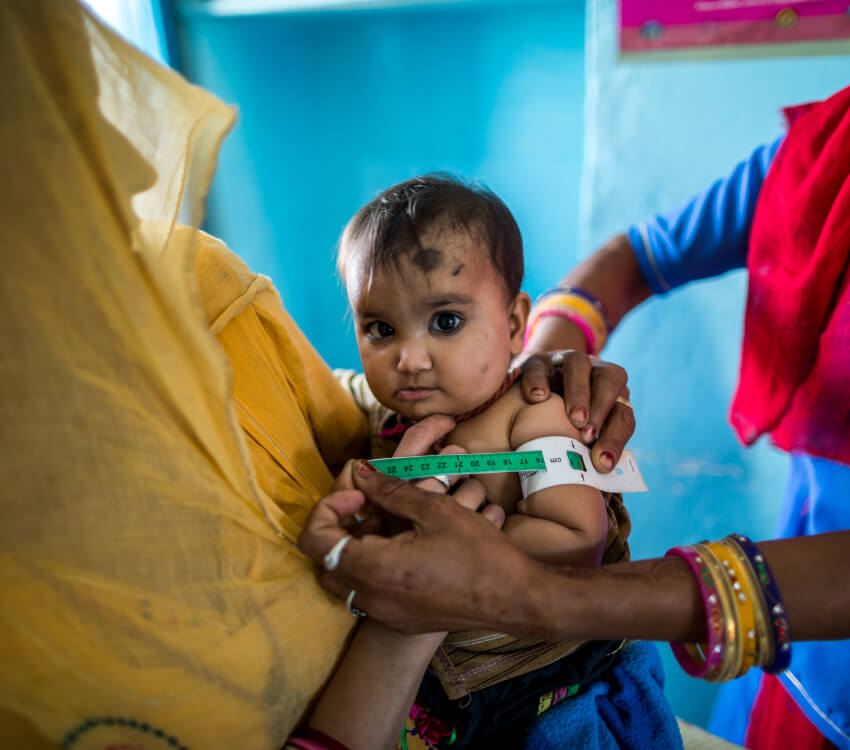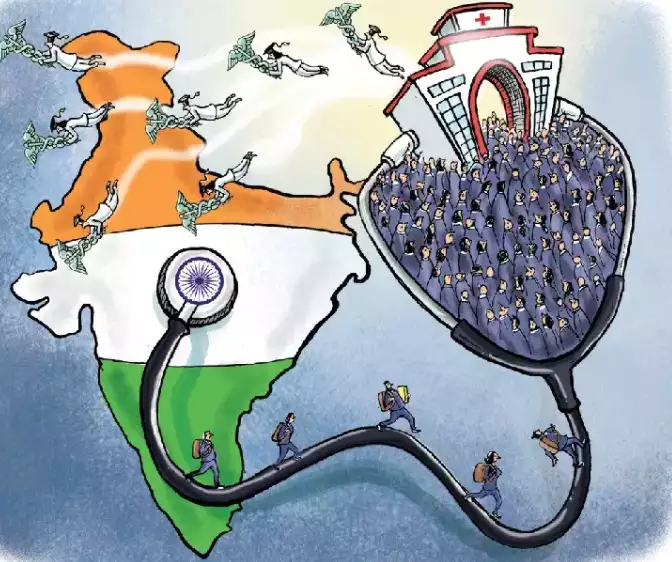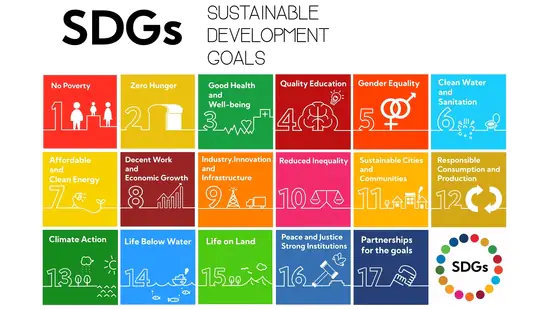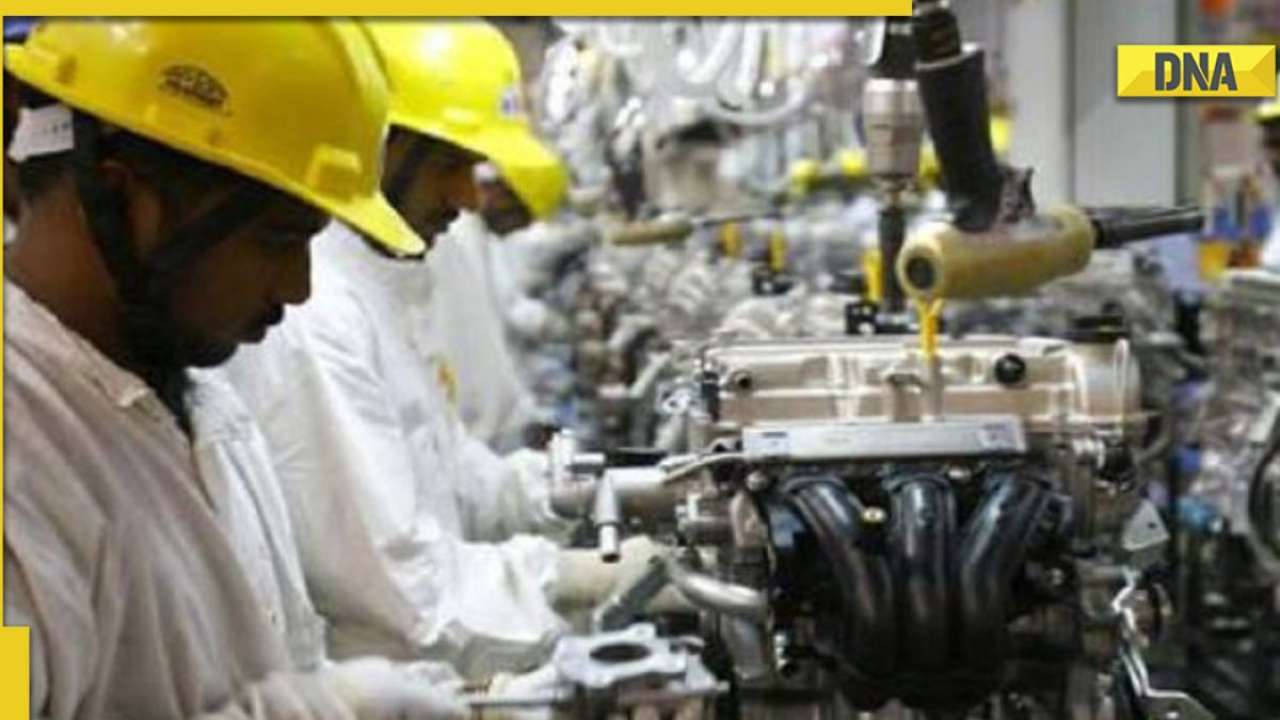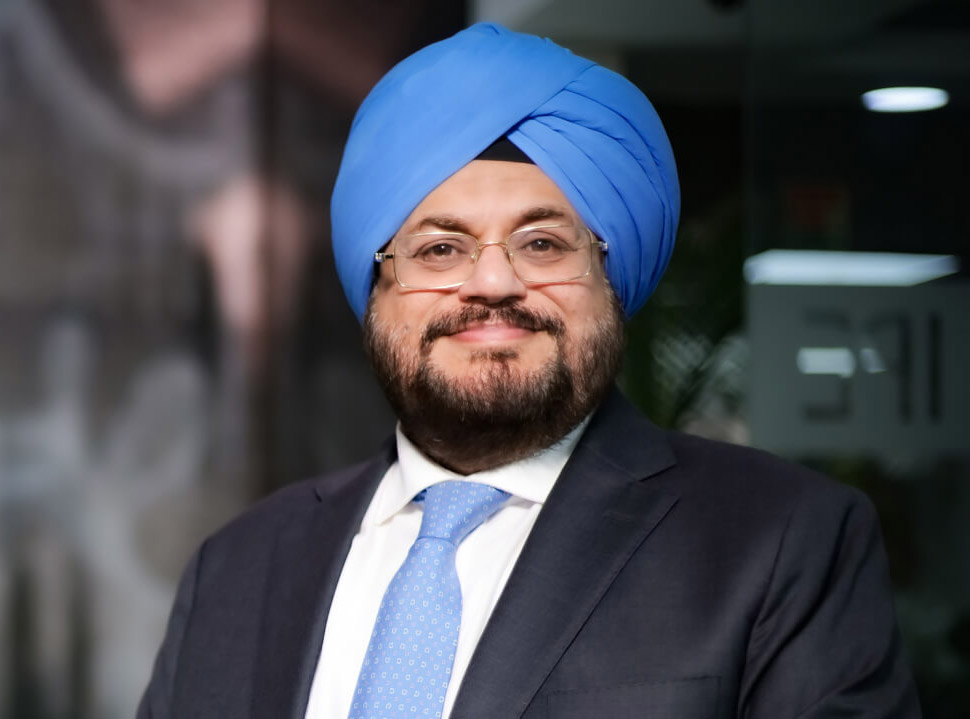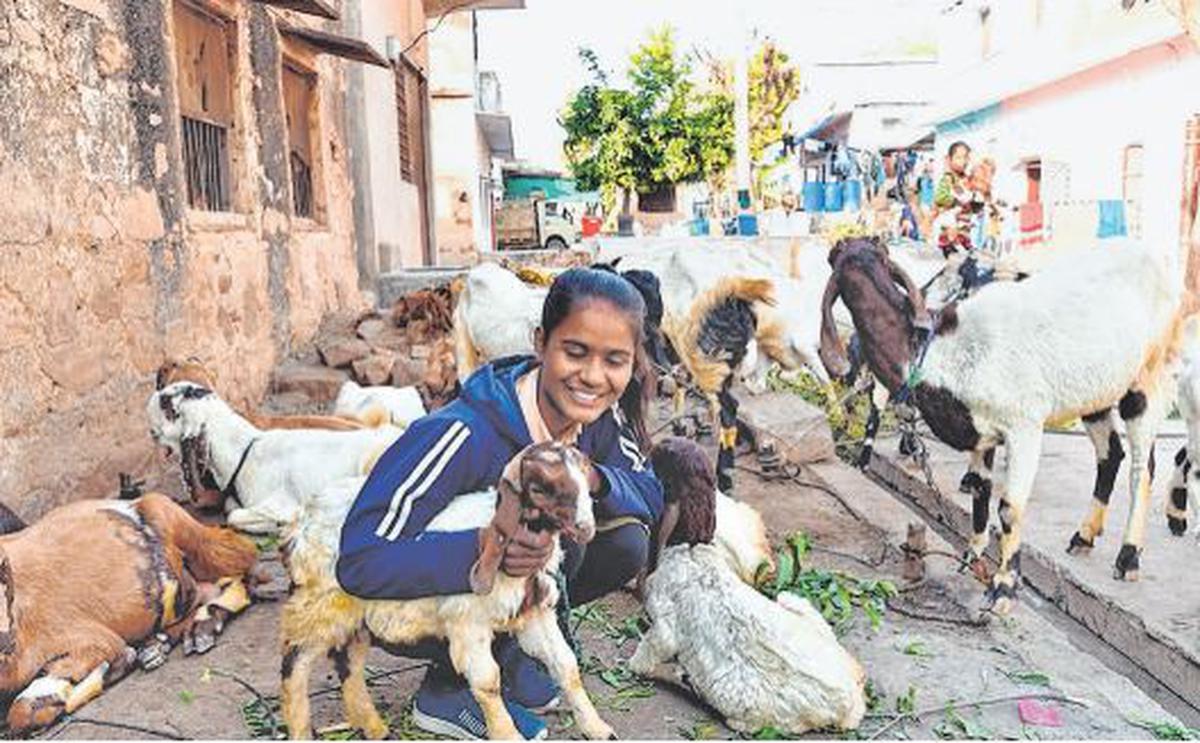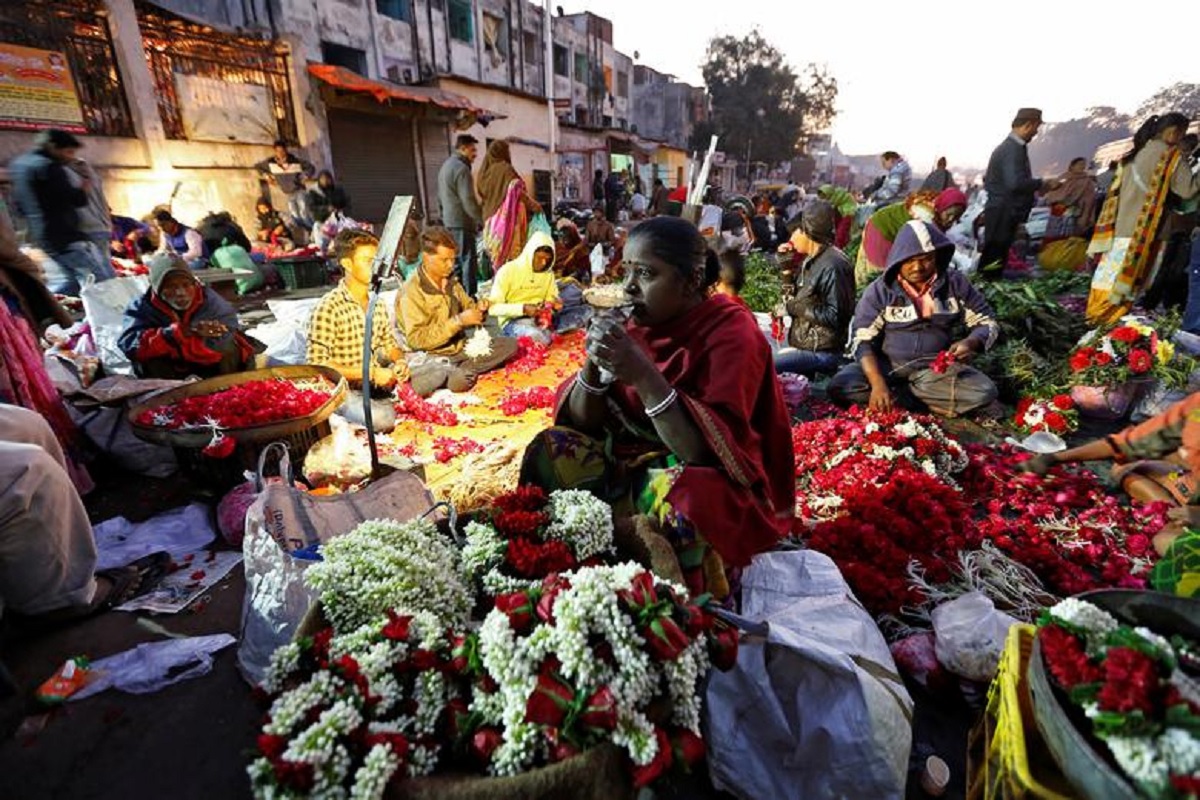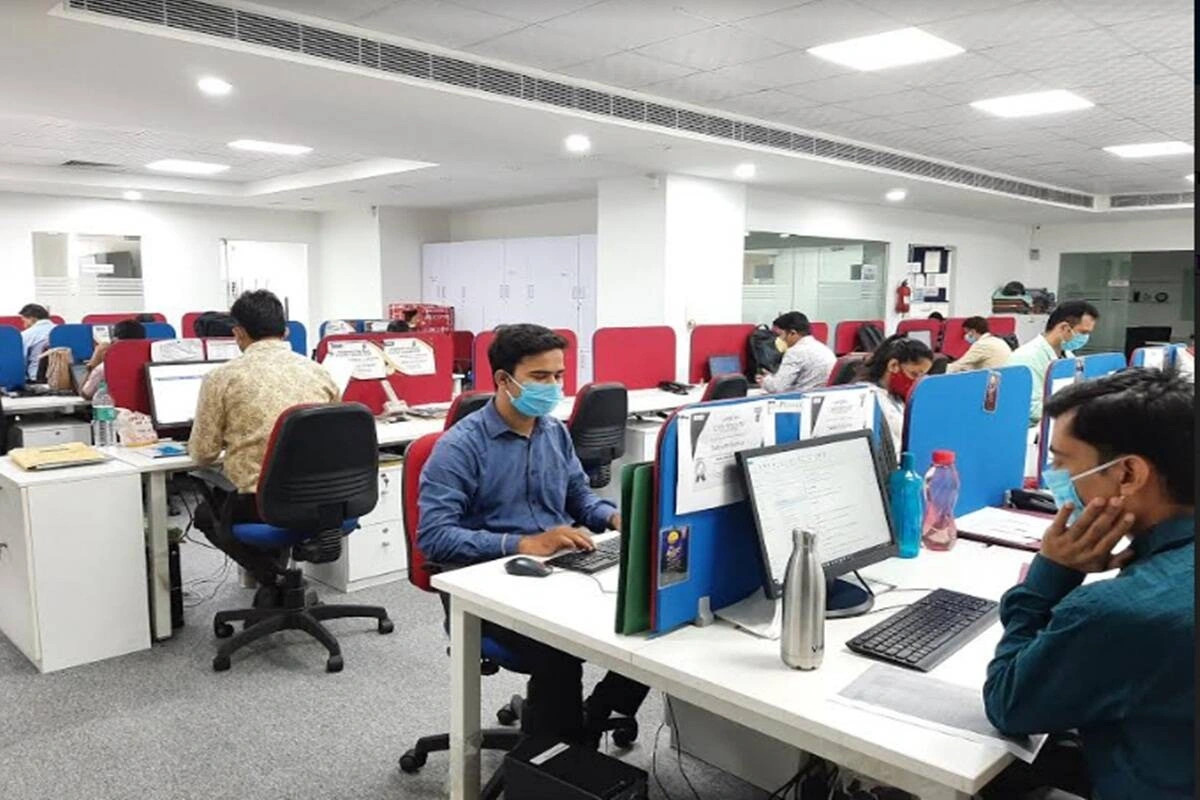Q1. Would you agree that the blended finance ecosystem in India has witnessed a sustained, though gradual growth and is now at a tipping point, poised for accelerated adoption?
Objectively speaking, the evidence-base of blended finance is still evolving for us to draw any definitive analysis as yet on its growth pattern. There are efforts brewing to consolidate the learnings from what have so far been piecemeal interventions and institutionalise systematic reporting and sharing of transaction details. These initiatives can play an important role in bringing together larger ecosystem players on one platform and driving greater participation in blended finance transactions. In my opinion, that will truly be an inflection point for blended finance – when it transitions from a fragmented effort to a collective agenda of mainstreaming the approach for social impact. Driving this shift has been one of the core focus areas of the USAID-Supported SAMRIDH initiative, implemented by IPE Global.
Q2. As the pandemic creates pressure on overall developmental resources, what are your views on the relevance and scale of blended finance transactions in India?
The scaling-up of blended financing solutions gained significance in India well before the pandemic as a strategy to finance the Sustainable Development Goals (SDGs). Developing countries, as we know, are estimated to face an annual funding gap of USD 2.5 trillion towards achieving the SDGs by 2030. Innovative financing solutions such as blended finance have therefore been the central theme at major global and national forums for its pioneering approach of using catalytic capital from public or philanthropic sources to increase private sector investment towards financing “The Global Goals”.
Having said that, the COVID-19 crisis has given the much-needed push to blended finance. The unprecedented scale and complexities of the pandemic reinforced the need, like never before, for better orchestration of private and public resources to drive greater investments in India’s development agenda. This has led to growing interest and commitment for participation in blended finance not just within the development sector, but also in the financial services and capital markets. SAMRIDH Healthcare Blended Finance Facility, supported by USAID and implemented by IPE Global, is a shining example to illustrate this. Within two years of setting up in 2020, SAMRIDH has established high-level multi-sectoral partnerships with apex government bodies, development agencies, philanthropies, financial institutions, industry associations, and academia. These include Atal Innovation Mission and Women Entrepreneurship Platform, NITI Aayog, Principal Scientific Advisor to the Government of India, Indian Institute of Technology Delhi, Rockefeller Foundation, IndusInd Bank, Axis Bank, Caspian Debt, and NATHEALTH. Owing to these collaborations, today, SAMRIDH is a USD 250 million blended finance facility, mobilising affordable capital for healthcare enterprises in the form of grants, equity, debt, and other financial structures, such as portfolio umbrella guarantees, social success notes, and partial loss guarantees.
There are similar large to medium-scale efforts in sectors such as education, skilling, energy, environment, and more. However, a factor currently limiting the scale and impact of blended finance transactions is the narrow diversity in the use of instruments and structures. Of the many creative solutions that can be designed to unlock greater commercial investments to achieve the development goals, the blended finance market has become synonymous with “impact bonds”.
Will the status quo change with the government’s increased involvement is something we will need to wait and watch. Landmark initiatives have been announced, such as the Social Stock Exchange and the 2022 Union Budget also highlighted plans of setting up thematic funds for blended finance in “sunrise” sectors such as climate action, deeptech, digital economy, pharma, and agritech – which indeed point towards more opportunities for diversification in structures and avenues to attract new pools of capital.
Q3. Given your vast experience, what are the priority and emerging sectors (like healthcare, climate action) that you anticipate will attract greater investor attention in the next five years?
Over the past years, infrastructure (power, renewable energy, transport), agriculture, and financial services have been the largest recipients of private capital through blended finance. Of the many factors, their relevance to meeting the SDGs has been an important criterion driving these investments. Moreover, the scope to design large-scale transactions in these sectors enables investors to maximise the time and effort put into structuring and contracting the blended finance solution – which is typically much higher than grants or pure commercial investment.
These sectors, as per industry projections, will continue to be the focus of blended finance in the coming years to successfully meet some of the massive, high investment development goals. For example, achieving 50% of electricity requirements from renewable energy sources by 2030 is crucial to avoid catastrophic climate change, but needs rapid investments to meet the financing gap of USD 292 billion.
Speaking of emerging sectors – healthcare, which was earlier on the side-lines of blended finance – is likely to see an upturn in investor attention. Without a doubt, we have COVID-19 to thank for this much-needed momentum and for paving the way toward health care reforms and transformation. The scale and complexities of the challenges triggered by the pandemic have forced the ecosystem to sit up and take notice of innovative financing strategies that can drive greater commercial and sustainable investments into this sector because public funding is far from enough.
The other promising shift brought in by the pandemic is greater commitment and prioritisation by both donors and private investors to help small and medium-sized enterprises (SMEs) to survive and thrive. We are seeing financing initiatives designed to identify impact-led businesses, provide them with affordable capital (ranging from USD 50,000 to 1 million) and mentor them to enhance their operations. In the context of healthcare, this shift is enabling early-stage businesses to scale up and improve access to affordable and quality healthcare for the rapidly growing low-income consumer base in India.
Q4. Through the USAID-Supported SAMRIDH initiative, IPE Global has participated in some unique blended finance structures. What are some of the key learnings? How can similar ecosystem-level initiatives be replicated in other sectors like education, livelihoods, etc.?
Some of the greater learnings that have emerged with the execution of multiple blended finance transactions within the SAMRIDH portfolio include:
- Portfolio-level structured approach versus structuring individual transactions - Often we have seen that structuring and executing blended finance transactions takes a lot of time, especially since the multiple stakeholders involved have varied expectations, i.e., risk investors look out for returns, while philanthropic donors are focused on impact per dollar. Therefore, creating program-level structures that can be executed with multiple partners has proven to be time-efficient, allowing multiple transactions to go through a systematic process. For instance, USAID has supported credit risk guarantees in the Indian healthcare ecosystem through Development Finance Corporation (DFC) and commercial banks isuch as IndusInd Bank.
- Curation of templatised models and standard operating procedures (SOPs) – The SAMRIDH team is jointly working with our stakeholders and partners to create templated models and SOPs for each blended financing instrument developed within the facility. These models could be replicated for structuring new blended finance transactions that are sector-agnostic, thereby encouraging broader adoption and uptake of these instruments within the country.
- Foster learning and promote transparency regarding blended finance activities - SAMRIDH has developed a robust monitoring evaluation and learning system, which includes detailed documentation of transaction structures, stakeholders involved, outcomes and impact achieved, as well as amount of leverage realised. This will help promote the advantages of mobilising blended finance transactions, provide a guided road map for structuring potential future transactions, and increase the scalability of these structures.
Q5. What can the blended finance and impact ecosystem do better to engage and receive funding support from India’s CSR and philanthropic investor community?
Despite the extensive discourse on blended finance in development circles, since the late 2000s, it is still a nascent and unfamiliar territory for the CSR and philanthropic community. At the very first, we should focus on demystifying the different dimensions of this innovative financing mechanism. From a conceptual standpoint, we need for them to understand how relatively small funding, when used towards rebalancing risk profiles of projects, can unlock greater investments for large-scale and sustainable impact. This will also mean enabling them to shift their mindset from a project-led approach to large programs that can drive transformations at the ecosystem level.
Secondly, we need to strengthen impact management and measurement practices for blended finance transactions. Limitations on this front often lead to a fear of “impact washing”, which further dilutes the philanthropic community’s interest in using them as a tool. Standardising measurement frameworks and communicating the social impact of investments more systematically will take us a long way in building credibility in blended finance.
Lastly, it is crucial for the ecosystem to collectively drive initiatives that can bring clarity to the ambiguity around the regulations for CSR spending in blended finance. Given that the policy framework, at the surface, delineates the use of philanthropic funding for for-profit activities, we need to present clear pathways that navigate the regulatory landscape and align CSR mandates with financial innovations in the market.
Q6. Can you highlight a challenge and an opportunity that has stood out in your extensive work with investors and entrepreneurs?
Interestingly, one of SAMRIDH’s key challenges, in fact, stems from what is also our mainstay – Partnerships. Structuring blended finance solutions entail cross-sectoral collaborations involving financial institutions, philanthropic funders, private investors, government stakeholders, and public funders on the one side, and the investee community on the other. Each stakeholder, while a critical cog in the wheel, comes with distinct objectives and motivations to partner in transactions. Aligning the expectations of all stakeholders in a transaction can get complex and be a long-drawn process – increasing the timelines for executing blended solutions.
Speaking of opportunities – India is one of the largest hubs for innovation, with several budding entrepreneurs vying to enter the market. While affordable scale capital is one of the key pain points that the ecosystem is actively trying to solve, there have been limited initiatives to support them with their go-to-market strategies. Innovators tend to channel all their focus and energy on the product and technology, but they often lack the acumen to develop effective business models. At SAMRIDH, we have had first-hand experience of navigating these challenges with many of the med-tech solutions we support. We see a big opportunity to offer a “capital plus” approach and provide business advisory services and mentorship for process and product improvements to ensure financial viability and sustainability of impact-led businesses.
Q7. Developing countries have a lot of work to do to recover from the pandemic and need to position themselves better to weather the next global shock. Governments have to take a long-term view, which means investing limited public funds to catalyse private investment. What role do you see the Indian government and regulators playing in supporting the blended finance ecosystem?
- Fast-track setting up of the Social Stock Exchange can play a pivotal role in enabling access to affordable capital to social enterprises which are solving crucial developmental challenges. This will also allow the governm ent to promote national-level programs and increase the private sector’s participation to expand the reach for social enterprises.
- Support domestic financial ecosystems and market development for blended finance by either strengthening the role of national development banks in deploying blended finance models; or, allocating more capital for outcome funding or guarantees that can leverage 5 to 10 times as much risk capital, specifically for impact investing and development finance.
- Implement policy level changes and create multi-stakeholder models that promote participation and capital contribution from private and philanthropic institutions, who can leverage the existing public funding available for development finance for larger impact.
- Introduce alternatives for mobilising CSR capital and recognise charitable/philanthropic capital coming to social enterprises and for-profit entities, in place of just not-for-profit organisations.
- Establish a universal framework that can be used to gauge and compare the scale of impact and streamline the measurement of social impact.






